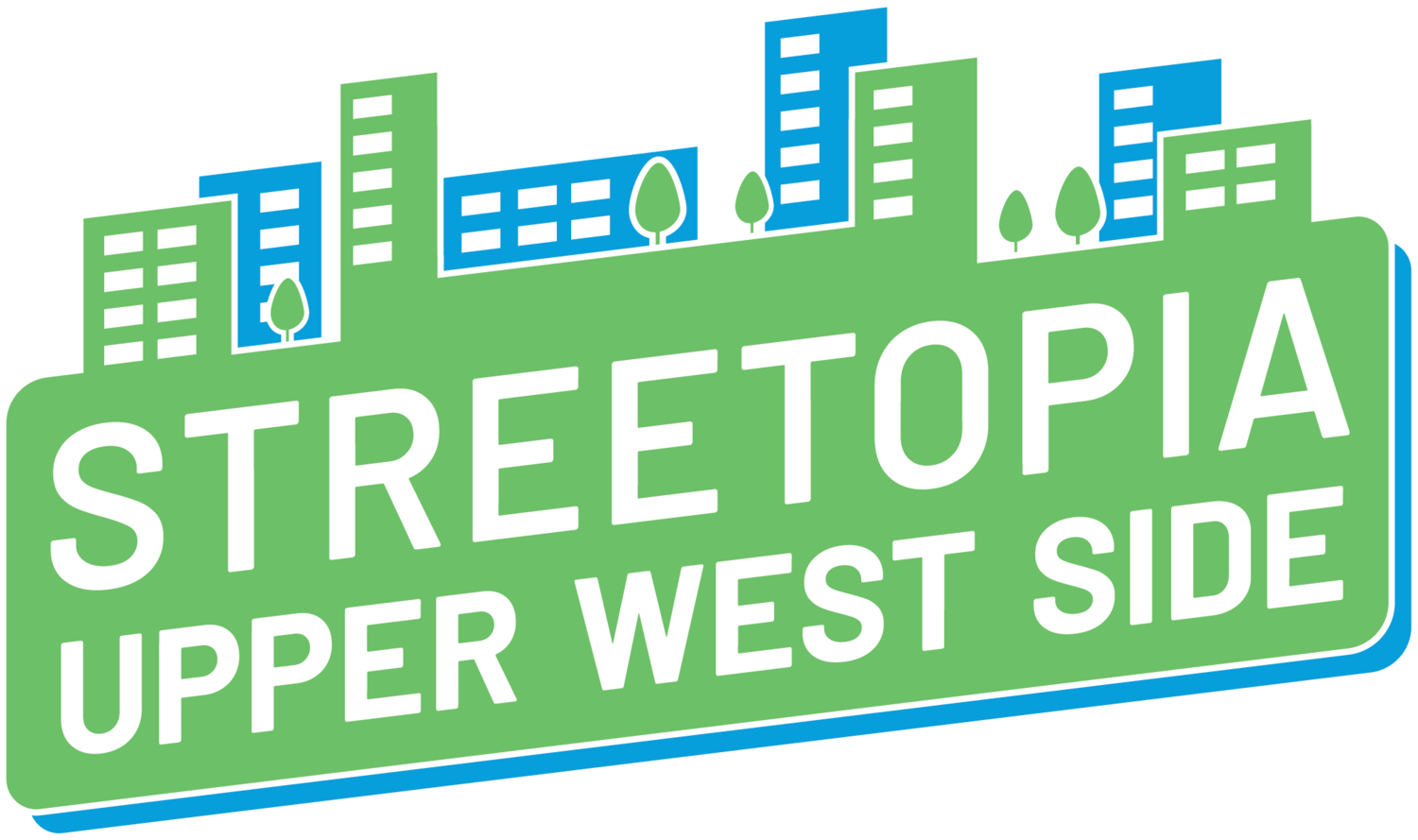Broadway Reimagined
Would you like to sit outside the Beacon Theater discussing the show you just saw without having to shout over the sound of 18,000 cars passing daily or walk to Lincoln Center without dodging eight lanes of traffic? What about crossing Broadway without the constant fear of not making it across in time? Instead, imagine Broadway filled with public seating and art, a public space that welcomes people to sit and enjoy the environment, both alone and in community. Pedestrianizing Broadway would create such a space, with room for walking, seating and green spaces, allowing for more public space and room to breathe for Upper West Siders.
Stroget, Copenhagen
Qianmen Street, Beijing
Lincoln Road, Miami
Pontevedra, Spain
Cities all over the world are experiencing the benefits of pedestrian streets. Cities like Venice, Italy and Pontevedra, Spain have completely freed their city centers from cars. In Pontevedra, on the same streets where 30 people died in crashes from 1996 to 2006, only three died in the subsequent 10 years, and none since 2009, CO2 emissions are down 70%, and nearly three-quarters of what were car journeys are now made on foot or by bicycle. Other cities, ranging from Miami to LA to Brazil to Curitiba, have created thriving pedestrian streets where once there was only traffic.
Broadway is a prime candidate for a pedestrian environment. Broadway diagonally slices the street grid of Manhattan, which forces traffic to slow down and creates slower walking conditions for pedestrians, too. It is one of the Upper West Side’s most dangerous streets. Since 2012, drivers have injured hundreds and killed 6 people on the portion of the road that runs through our neighborhood. At the points where it crosses the Avenues, Broadway creates an intimidating, highway-like barrier to walking through the neighborhood.
Broadway is already pedestrianized or a shared space through Herald Square, Madison Square, and Times Square. This change has led to greater satisfaction from all users and serves as an example around the world of how to successfully reclaim space for people. After Broadway was pedestrianized through Herald Square and Times Square in 2008, motor vehicle travel times on 6th and 7th Avenues remained unchanged or actually improved. More importantly, safety was dramatically improved: there were 35% fewer pedestrian injuries, and injuries to motorists and their passengers in the area fell by 63%. Crossing intersections has also become a drastically better experience, since instead of crossing both an Avenue and Broadway, Pedestrians only have to cross the Avenue. With cars out of the way, Herald Square saw a 63% increase in foot traffic. Times Square foot traffic increased 11%, and retail rents tripled.
Pedestrianizing Broadway through the Upper West Side could yield similar benefits. Using Broadway as a public space instead of a vehicle thoroughfare frees the community to be creative in how we allocate the space. The final result might be fully pedestrianized or might retain a bike or transit-only lane, depending on the needs of the neighborhood and DOT recommendations. Much like the pedestrianization projects that have already occurred, this could be accomplished quickly with temporary materials such as paint, planters, and bollards, then made permanent when the full benefits have been realized.
The Community Board 7 Broadway Task Force has asked the DOT to “create a vibrant and attractive street that safely and efficiently serves the needs of all neighborhood users, including the elderly, children, residents, tourists, restaurants, stores, and other businesses.” We believe the best way to achieve this is by freeing the street from cars and opening it to people.





